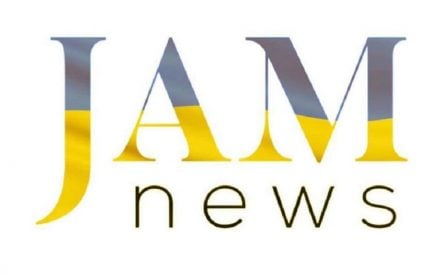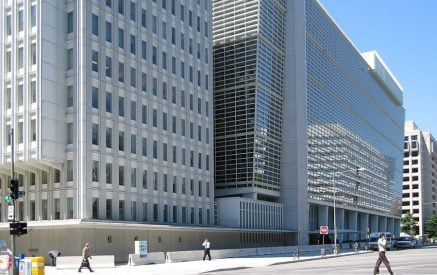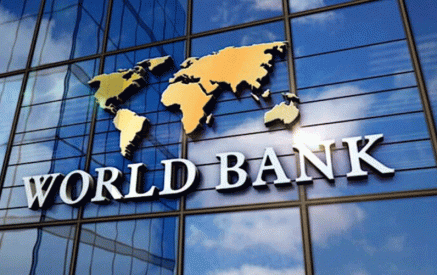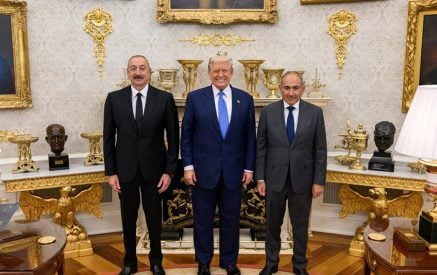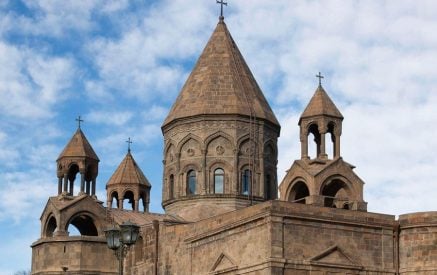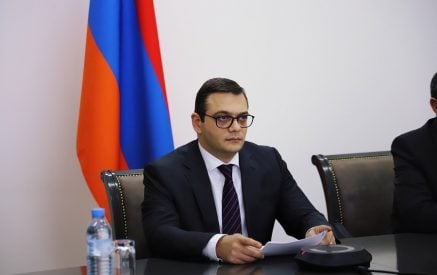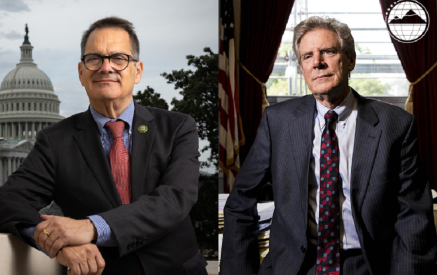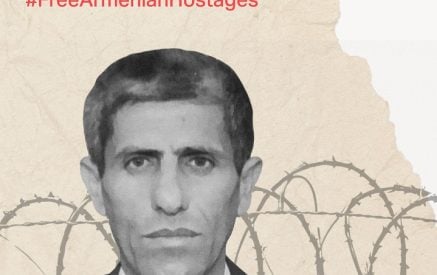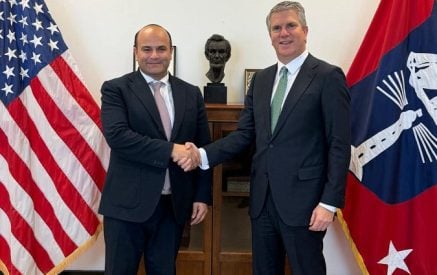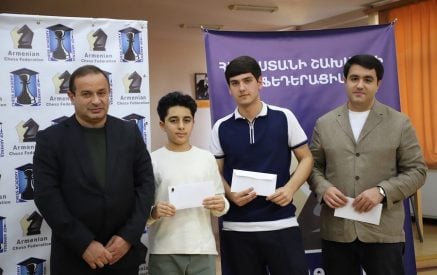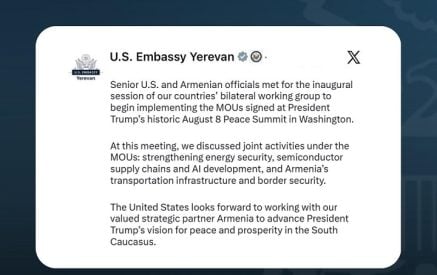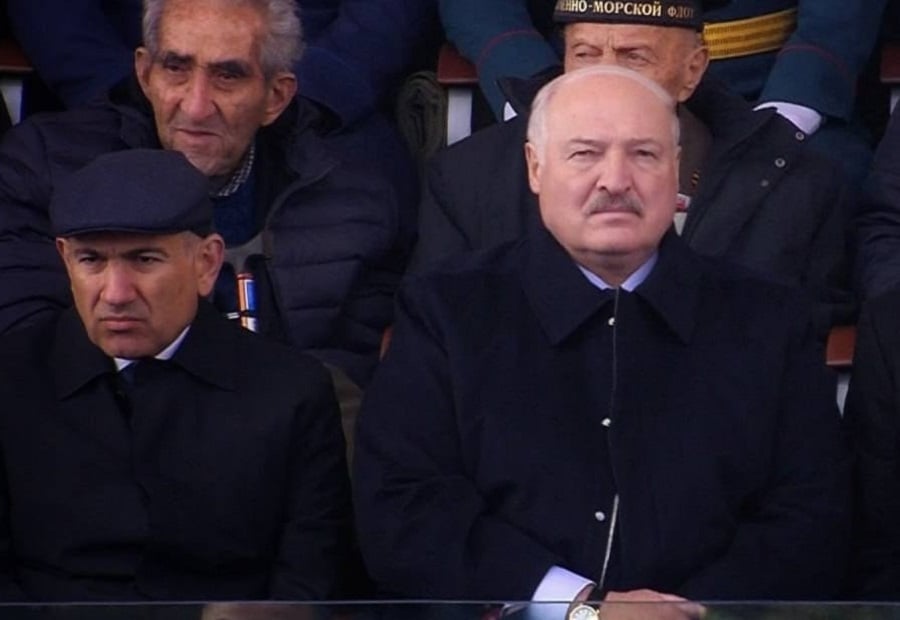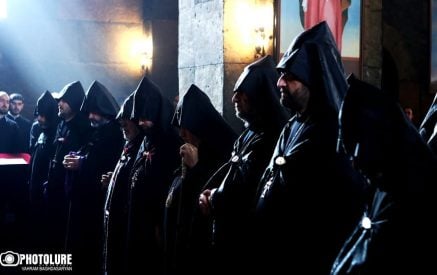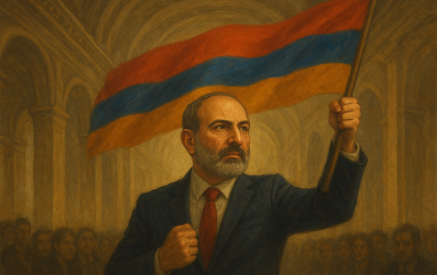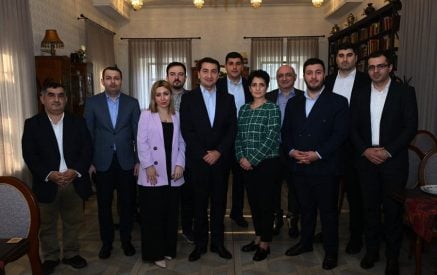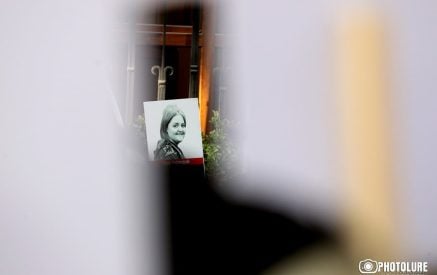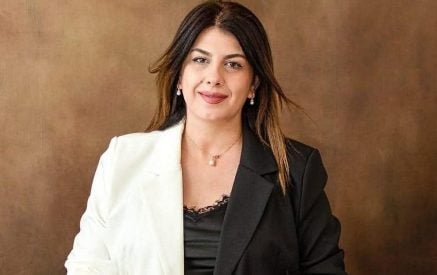In just a few days, we’ve seen two very different versions of Pashinyan. One appeared in the Armenian parliament—shouting, bragging, and issuing threats. I’m no expert, but I believe that in civilized countries there are legal mechanisms for subjecting a head of state behaving in such a way to an independent psychiatric evaluation, to assess their fitness for office.
The other Pashinyan showed up in Moscow, looking like a lost, humble provincial — wearing a cap on his head- like Mimino. He hardly resembled the man who, back in Yerevan, hurls serious accusations at Russia while his chorus of “Westernizers” chants in unison: “Bravo, Pashinyan! People, have you seen how he fights for Armenia’s sovereignty?” Nor did he look like the figure whose supporters see the Kremlin’s malicious influence behind every opposition move and all misfortunes. He certainly didn’t seem like the leader who once vowed never to set foot in Belarus, since its president is Lukashenko.
And yet, despite the stark contrast between these two personas—one arrogant and aggressive, the other diminished and disoriented—Pashinyan was ideologically, conceptually, exactly where he belonged in Moscow.
What does Lukashenko say when things go wrong in his country? “I will arrest, strangle, destroy.” Putin, in contrast, is more restrained—faithful to the traditions of the institution that trained him. He speaks little, but does the same in practice. Lukashenko is simply more rustic and direct—much like his Armenian counterpart, who now threatens the opposition with “dungeons of the National Security Service.”
Read also
So there was something symbolic, even telling, about the fact that Pashinyan was seated next to Lukashenko during the festivities. The club of authoritarian leaders seems to be the natural habitat of Armenia’s current Prime Minister.
…And by the way, in the early 1990s, Lukashenko also started his political career as a fiery crusader against corruption. We all saw how that turned out.
Aram ABRAHAMYAN


